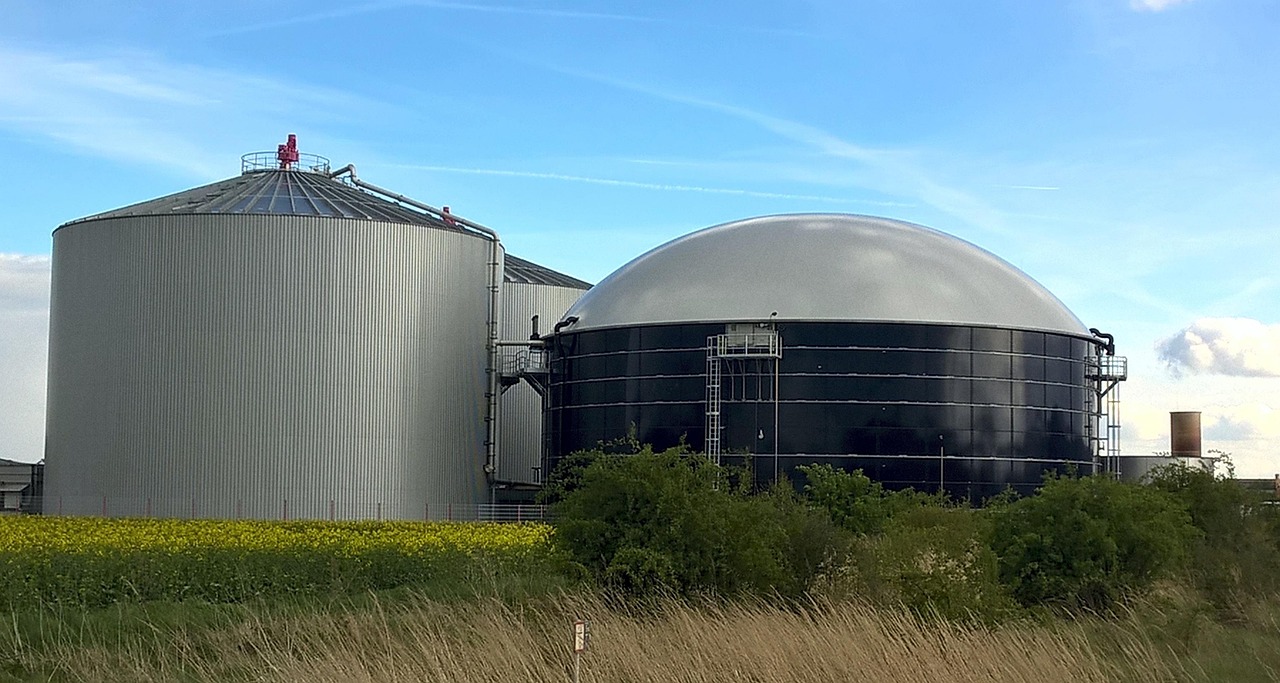Case Denmark | Biobased Side Streams and their Green Energy Potential
Authors: Xuewei Liu, Wu Chen, University of Southern Denmark (SDU)
Denmark is well known for its strong agricultural sector, and with that comes an abundance of biobased side streams—organic byproducts from farming and food production. The biobased side streams can be considered as a resource for fertilizing and biogas production. To better understand the utilization potential of these side streams, we conducted a material flow analysis (MFA) of biobased side and waste streams in Denmark.
Read our best practices for replication:
Defining the Side and Waste Streams
System definition is the first step of a material flow analysis (MFA). The adopted definition of the biobased side streams is any biodegradable organic side streams of vegetable and/or animal origin, susceptible to biological degradation, and generated in the home and commercial environment.
We included 13 processes related to the generation of biobased side streams and 5 processes related to treatment. The biobased side streams were divided into 5 main categories:
- captured manure
- organic waste from crop farming
- organic waste from industry
- organic waste from households and
- sludge from wastewater treatment.
The main categories were further divided into 16 sub-categories. We considered five treatment methods of biobased side streams: anaerobic digestion (AD), incineration, composting, land application, and landfill.

Future Biobased Side Streams and Green Energy Potential
We examined the historical trends in biobased side streams in Denmark and selected suitable predictive models for each sub-category. We analyzed published policy to develop future scenarios. The Danish government announced a plan in 2024 to introduce a carbon tax on livestock emissions starting in 2030. This plan was expected to significantly impact agricultural production and, consequently, the generation of biobased side streams. Based on this, we established two scenarios to model the generation of the biobased side streams through 2050: business-as-usual scenario and carbon tax scenario.
To model the treatment patterns of biobased side streams, we referred to Denmark’s climate and energy policies. We developed frozen scenario and green policy scenario on the basis of gas consumption projections provided by Danish Energy Agency. Biogas production from each category of biobased side streams was estimated based on the amount of side streams directed to AD and the corresponding biogas yield for each category.

Data Collection and Compilation
We obtained the generation and treatment of various categories from different sources, including Danish Energy Agency, Danish Environmental Protection Agency (EPA), literature, and published reports. As the data were collected from multiple sources, the data need to be compared and merged through certain steps. The officially reported data were prioritized. If no official data is available, some calculations are made. While most categories of side streams are reported in Denmark’s national statistics, data on livestock manure generation was only available for 2013. Therefore, we estimated the total manure generated in 2021 using the number of animals on farms and the average daily manure production per animal.
The amount of some categories used as fertilizer (composting and field application) can’t be acquired from the known data sources, for instance captured manure, and was calculated based on input-output mass balance principle.
To estimate the energy supply from AD of biobased side streams, we obtained the average biogas yields for various categories (Nm3 CH4 per ton of waste) from Danish Energy Agency. The methane output was then converted into energy value, allowing for comparison with national energy consumption figures.
Regarding the statistics on biobased side streams, we encountered challenges in obtaining comprehensive data during the data collection phase. The classification of biobased side streams varied across different reports, resulting in inconsistencies and data gaps between years. To address this issue, we call for strengthening the integrity and consistency of biobased side stream statistics at the national level.

